I'm developing a web service to publish for different users consume.
To smooth their work I want to document all my web methods, and their input/output objects, just like on the image below (its a sample that i saw on web).

I just tried to use WebMethodAttribute's to decorate my methods, but the only thing I achieved was the method description.
I tried to use WCFExtras but does not fit in my project because its not a WCF service :/
I ask: is there any kind of tool to do this kind of job? Does anyone knows any .NET property or framework to use?